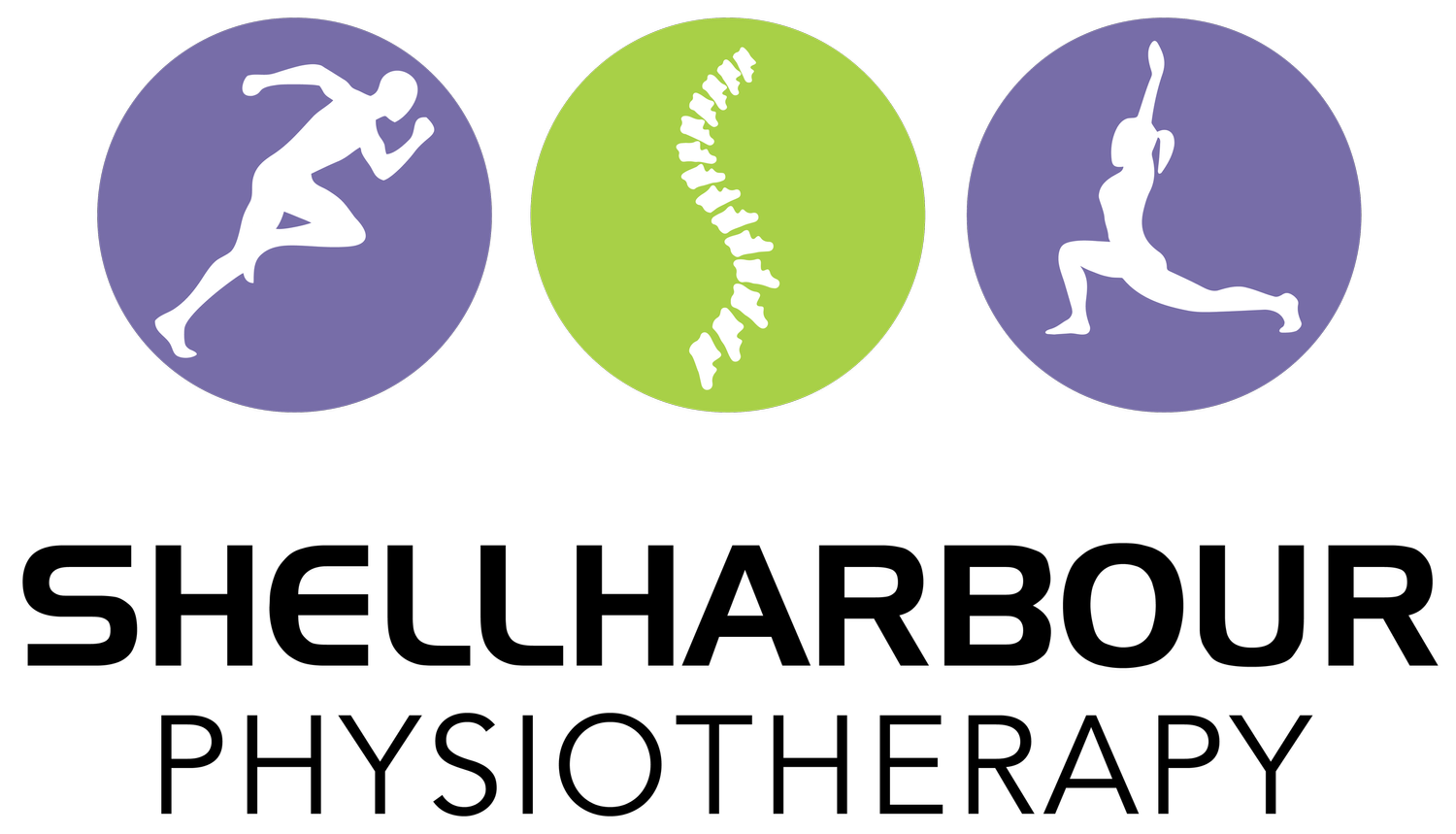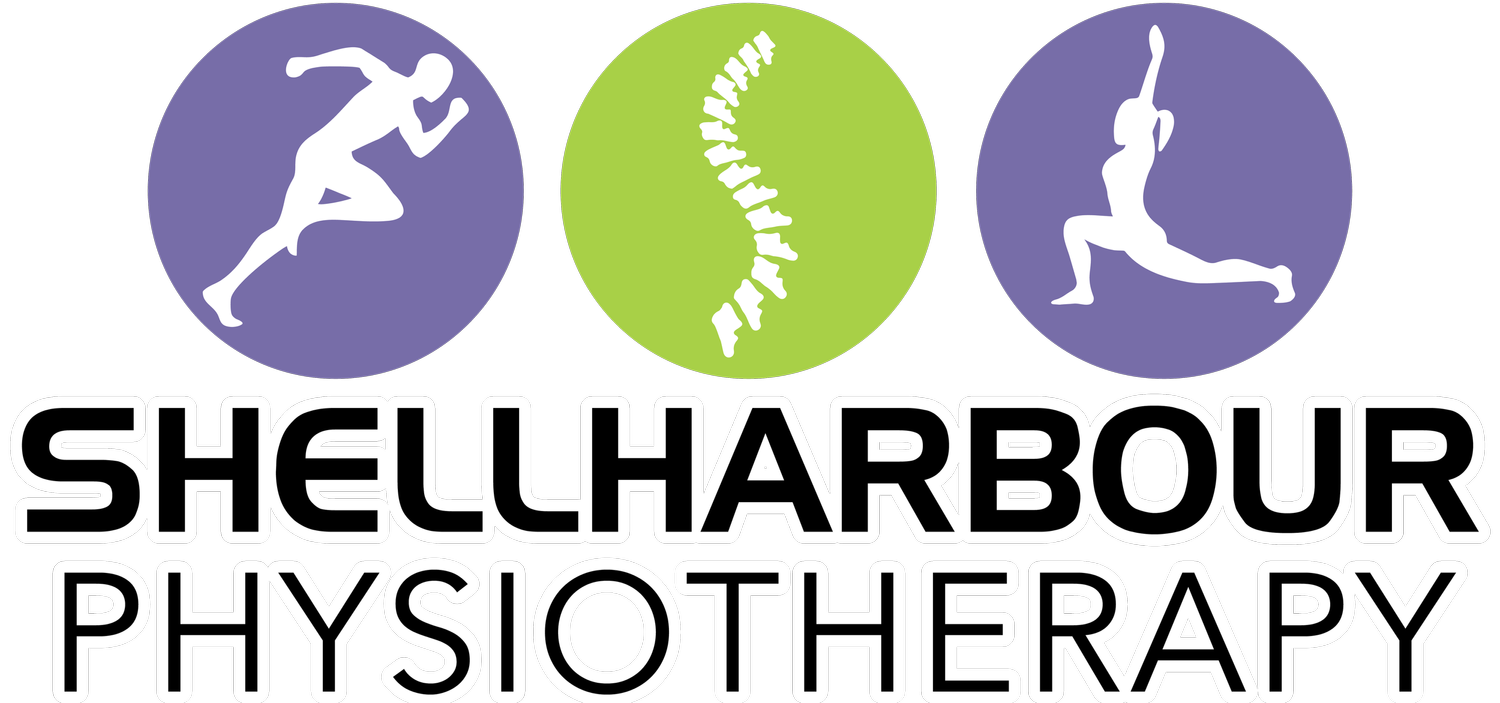WHEN TO STRETCH
DO i Stretch before or after exercise?
I get this question all the time in the clinic and out on the sporting field.
What type of stretching should I do? What is dynamic vs static stretching? Do I bother to stretch at all?
I’ve been told it can decrease my performance in sport so I don’t stretch at all.
Let’s stretch this out….
Stretching has been used in different forms from, rehabilitation post injury, to injury prevention during sport and exercise. Stretching can help improve your range of motion of a joint and flexibility by lengthening muscles. This in turn can help joints and muscles to work most effectively.
Evidence has shifted throughout the years as to which type of stretching is best before and after physical activity, which has made things confusing.
Static Stretching
Static stretching is what most people think of when we are told to stretch. Holding a specific position to the point of a stretch sensation for 30 seconds and repeat. This can be performed passively (someone else helping) or actively.
Static stretching improves range of motion, decreasing muscle stiffness and reduces the risk of acute muscle strain injuries.
Dynamic Stretching
Dynamic stretching is movement through the available range of motion which is not sustained. It progressively increase’s the range of motion through repetitive movements until the end range is reached.
When SHOULD I stretch?
BEFORE EXERCISE:
STATIC ✖ ✖ ✖
Static stretching has been shown to have some acute negative effects on strength, power and speed if done prior to exercise (especially running + jumping exercises).
DYNAMIC ✔ ✔ ✔
Dynamic stretching increases full body circulation, heart rate, and respiratory rate. It has been shown to improve muscle strength and provide short term flexibility benefits throughout the exercise session.
AFTER EXERCISE:
STATIC ! ! !
Static stretches should be used as part of your cool-down routine to help prevent injury and overall boost performance. Static stretches enable the body to sustain a higher range of motion. Performed on its own, long term static stretching has been shown to enhance performance and can sustain and improve range of movement and flexibility.
Research is still developing in this field, stay tuned for more.
In Summary
Stretching, both dynamic and static can help improve your flexibility and mobility for a whole array of sports. Stretching alone will not get you a faster time in the 100m dash, nor will it nail that corner kick- make sure you are sport specific and don’t forget about strength and agility too.
For more specific rehabilitation or performance help, come in and say hello!


